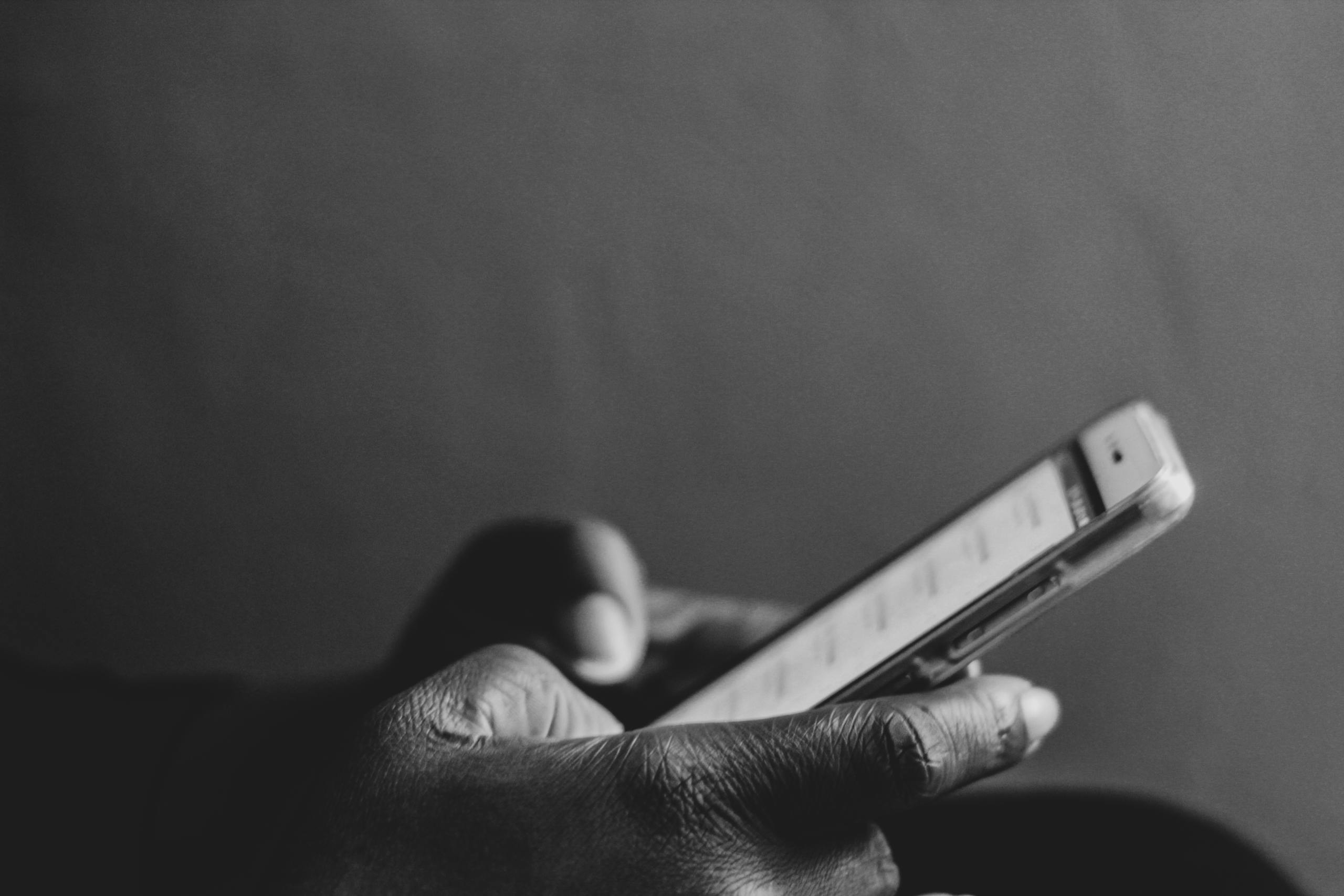3 Ways to Avoid Digital Addiction: A Practical Guide to Escaping the Screen ⛔📲
In today’s hyper-connected world, our smartphones, tablets, and computers have become constant companions. While technology brings convenience, knowledge, and entertainment at our fingertips, it also has a darker side — digital addiction. Many people unconsciously spend hours scrolling through social media, binge-watching videos, or constantly checking notifications. This excessive screen time can harm mental health, strain relationships, and reduce productivity.
Digital addiction is not simply about using devices; it’s about losing control over their use. The problem is that technology is designed to keep us engaged for as long as possible, making it difficult to break free. From endless notifications to addictive apps, the digital world is engineered to keep your eyes glued to the screen.
But the good news? You can take back control. By understanding how digital addiction works and applying proven strategies, you can strike a healthy balance between the online and offline world. In this guide, you’ll discover three practical ways to avoid digital addiction, improve your mental well-being, and create more space for real-life experiences. It’s time to escape the screen and reconnect with what truly matters.
1. Set Clear Boundaries for Screen Time
One of the most effective ways to fight digital addiction is to set firm boundaries on your device usage. This means defining specific time limits for social media, games, and other online activities — and sticking to them.
You can start by using built-in features like Android Digital Wellbeing or Apple Screen Time. These tools help you monitor your daily usage and set app limits. For example, if you spend three hours on Instagram daily, you could reduce that to one hour and gradually cut it further.
It’s also helpful to create “phone-free zones” in your home, such as the dining table, bedroom, or family room. By associating certain spaces with offline living, you reinforce the habit of disconnecting. If you’re an entrepreneur or student, these boundaries can significantly improve your focus and productivity.
For more tips on building a productive lifestyle, check out our WhatsApp Community where we share daily insights and strategies for personal growth.
2. Replace Digital Habits with Real-World Activities
Breaking a digital addiction isn’t only about reducing screen time — it’s also about replacing it with fulfilling offline activities. If you simply stop using your phone without replacing that time with something enjoyable, you’ll feel restless and tempted to go back.
Consider hobbies that engage your mind and body in the real world. For example, you could try reading physical books, joining a sports club, or learning a new skill like cooking or painting. If you want something socially engaging, attend community events or join interest-based groups.
For language lovers, instead of spending hours on TikTok, you could join a language learning group such as our Dutch Learning WhatsApp Channel or Dutch Learning Group. Not only will you learn something new, but you’ll also make connections with like-minded people.
Offline activities give your brain the stimulation it craves without the dopamine overload of digital media. Over time, you’ll find more satisfaction in real-world experiences and less dependence on your devices.
3. Practice Mindfulness and Digital Detox
Mindfulness is about being fully present in the moment — and it’s one of the most powerful tools for combating digital addiction. When you practice mindfulness, you become more aware of how often you reach for your phone and why.
Start by noticing your triggers. Do you check your phone when you’re bored? When you’re stressed? Once you identify these patterns, you can consciously choose healthier coping mechanisms, like deep breathing, going for a walk, or meditating.
Another effective approach is scheduling regular digital detoxes. This means setting aside a few hours, a day, or even a weekend without any unnecessary screen use. You can use this time to reconnect with nature, spend quality time with family, or simply rest without constant notifications.
Why Digital Addiction is Dangerous
Before you can overcome digital addiction, it’s important to understand why it’s so harmful. Excessive screen time can lead to mental health issues like anxiety and depression, cause physical problems such as eye strain and poor posture, and damage relationships due to reduced face-to-face interaction.
A 2023 study by the McKinsey Global Institute revealed that people spend an average of 6 hours and 58 minutes per day on digital devices. This constant engagement prevents our minds from resting and recovering, leading to burnout and reduced cognitive performance.
By making conscious changes today, you can protect your health and reclaim your attention.
Extra Tips for Staying Screen-Free
While the three main strategies above will give you a strong start, here are some extra tips to help you stay on track:
– Turn off non-essential notifications.
– Keep your phone out of reach during work or study sessions.
– Use grayscale mode to make your screen less appealing.
– Set a specific “bedtime” for your devices.
– Reward yourself for meeting your screen time goals.
Conclusion
Digital addiction is one of the biggest challenges of our time, but it’s not unbeatable. By setting clear boundaries, replacing digital habits with offline activities, and practicing mindfulness with regular detoxes, you can regain control over your time and attention. The journey may feel uncomfortable at first, but the benefits — better focus, stronger relationships, and improved well-being — are worth it.
Start small, stay consistent, and remind yourself why you’re doing this: to live a richer, more present life beyond the screen.


